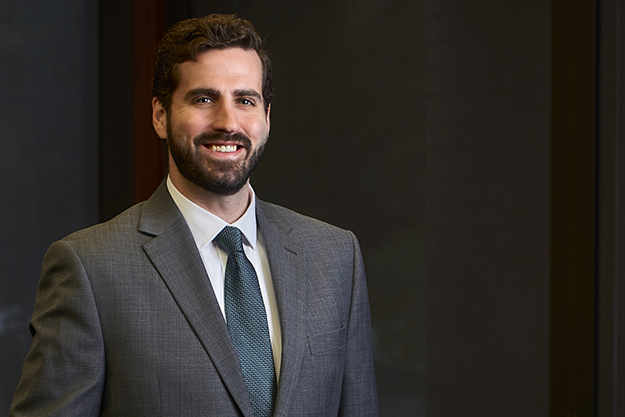Article
Resources
Article
SCOTUS, First Amendment and University of Alabama - Challenging the Grounds Use Policy

Rodney Keister was challenging the University of Alabama’s grounds use policy, which requires individuals to obtain a permit before speaking publicly on campus. In his arguments, Keister asserted that the space he was using to preach and distribute religious literature is a “traditional public forum” protected by the First Amendment. The 11th Circuit Court of Appeals, however, determined that the space was a “limited public forum” and is not awarded the same constitutional protections.
As summarized by the Court of Appeals, state funded entities are subject to the First Amendment’s prohibition on the government enacting laws or policies infringing the free exercise of speech. The First Amendment does not, however, guarantee a right to speak publicly on all government property. Courts apply what is known as “forum analysis” to determine what level of scrutiny they must apply when speech and public expression are limited on certain property.
There are four general categories considered under forum analysis: the traditional public forum, the designated public forum, the limited public forum, and the non-public forum. Traditional public fora encompass property that is held in trust for the use of the public, such as public parks and streets, and has been historically and consistently used for assembly, communication of thoughts between citizens, and discussing public questions. A designated public forum is government property which has not traditionally been used as a public forum, but has been opened up specifically for that purpose. Limited public fora are spaces where only particular subjects may be discussed or that only certain groups may use. Lastly, a non-public forum is property owned by the government for managing operations and is not traditionally seen as a space that the public may use freely, or at all.
This case hinges on the difference between traditional public fora and limited public fora. The former requires a strict scrutiny standard, which limits government restrictions to those directed to time, place, and manner, and only if the policy is “content neutral, narrowly tailored to achieve a significant government interest, and leaves open ample alternative channels of communication.” The latter requires a lower standard and the government can place restrictions on speech in a limited public forum as long as the restriction is considered reasonable and viewpoint neutral.
In arriving at its decision that the sidewalks on Alabama’s campus were a limited public forum and that Keister’s First Amendment rights were not infringed by the permitting requirement, the Court of Appeals cited several Supreme Court cases in which sidewalks were at issue. In each case, the location, purpose, and traditional use of the sidewalk, rather than its simple nature as a government owned sidewalk, was determinative in forum analysis and, thus, the standard of scrutiny applied. When applied to Keister’s case, the Court of Appeals determined that the sidewalk, while owned by the City of Tuscaloosa, functions as a part of the University of Alabama and is maintained by their groundskeepers. Therefore, Alabama’s intent for the use of the sidewalk is what mattered for this case, and the Court concluded that Alabama did not intend for the sidewalk to be broadly open to non-university members and could be reasonably restricted by the permitting policy.
While the Supreme Court’s denial to hear this case may mark the end of the road for Keister, this case adds to the ongoing discussions and changing views about free speech on college campuses at the same time that many are calling for increased restrictions, such as certain content controls and trigger warnings. Universities dealing with these challenging issues should take some respite in knowing that this recent ruling supports their ability to maintain policies about the limited use of their public spaces in some circumstances, but should also be reminded that the central tenet in the application of forum analysis is content-neutrality. When it comes to on-campus speech, universities may have the ability to determine “when,” “where,” and, possibly, “who,” but they cannot say “what.” University policy makers should be keenly aware of this fact as they move forward in the heated debates happening in their halls, quads, and street corners.


